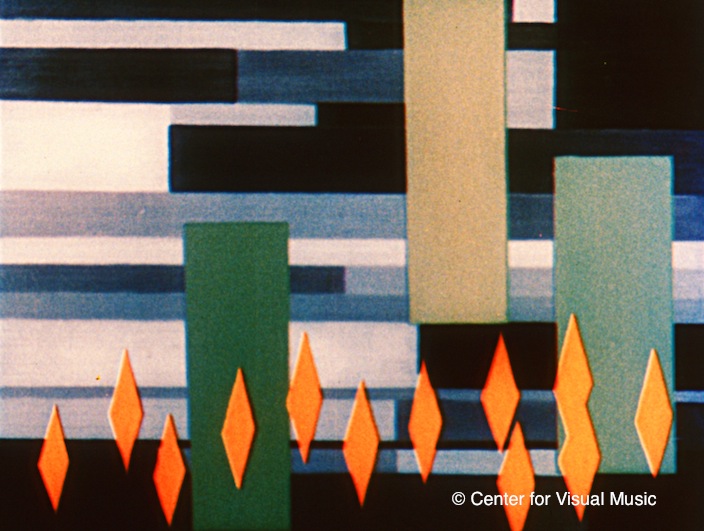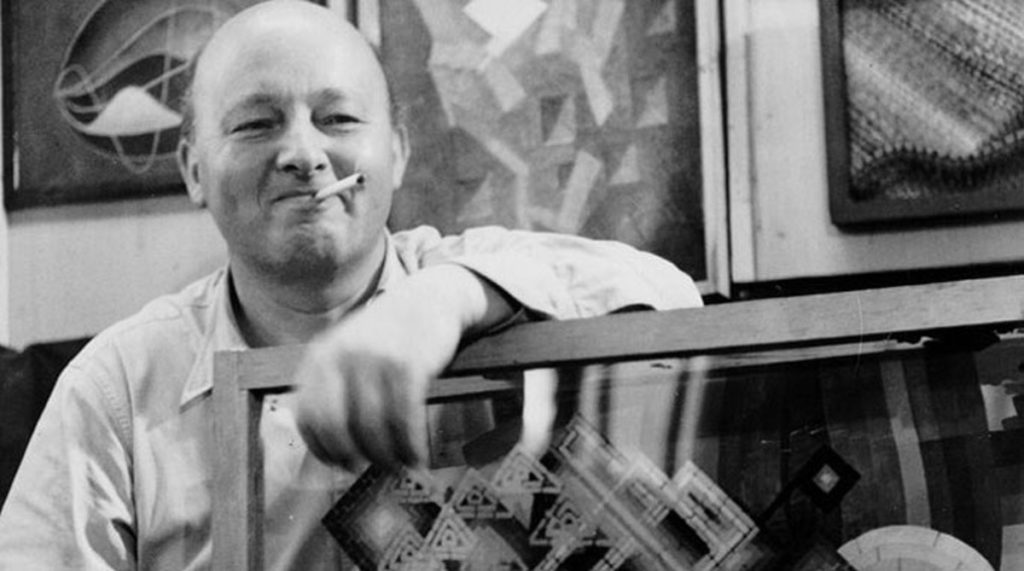Oskar Fischinger was a German-American abstract animator, filmmaker, and painter. He was born in 1900 Gelhausen, Germany and made work between 1920 – 1947, prior to his death in Los Angeles in 1967. Fischinger’s formative years were spent in the world of music, mastering the violin and apprenticing at an organ-building firm. He later moved apprenticeships to an architect’s draftsman in Frankfurt.
In 1920, upon being introduced to Bernhard Diebold he was enlightened to the artistic potentials within filmmaking. This was film without storyline, film without glamorous starring roles, film as autonomous art. He soon declared the making of this “absolute cinema” his life mission. His work was experimental, distanced from the romance of films of the time and of one of his main inspirations, Walther Ruttman. His work became the blueprint for the special effects that go into sci-fi movies when Fritz Lang commissioned him to create Woman in the Moon’s special effects.
Living as an artist during Nazi Germany was very tumultuous for Fischinger. His art was labeled as ‘degenerate art’ and the dissemination of it was stifled by the government. Throughout the years he fled to multiple places attempting to escape authorities, or to pursue his ambitions. One of these occasions was when he left Munich for Berlin, on foot, to outrun his debts. The documentation of this trip became a reference point for diary filmmakers since then. Another one of these expeditions was his short stint at Hollywood’s Paramount Pictures.


